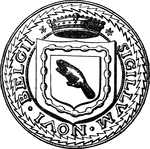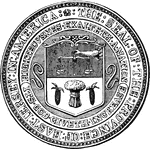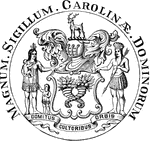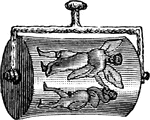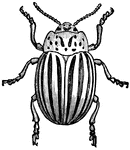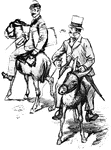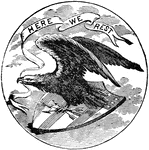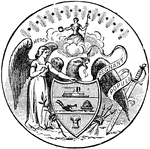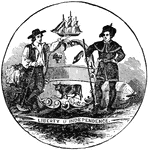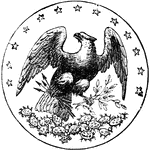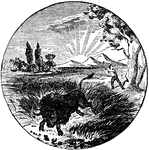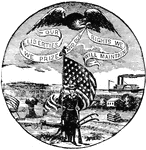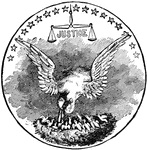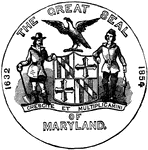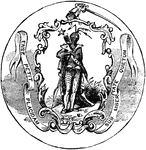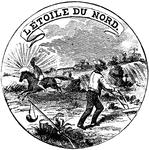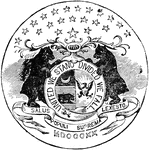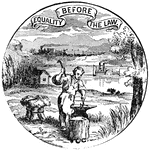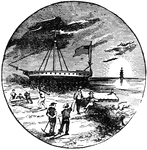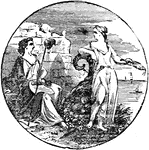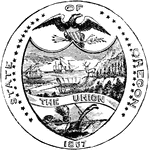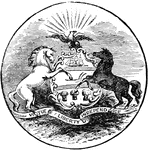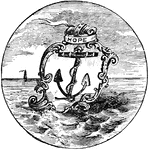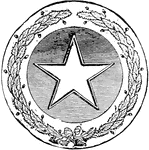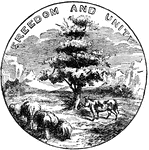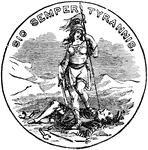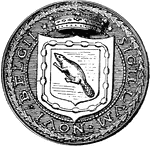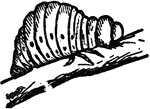
Colorado Beetle Larva
"The Colorado Beetle is a beetle first described by Thomas Say, in 1824, from specimens found by him…

Colorado Beetle Eggs
"The Colorado Beetle is a beetle first described by Thomas Say, in 1824, from specimens found by him…
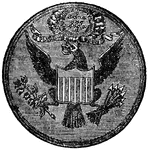
Eagle on Seal of United States
"The Eagle is a gold coin of the United States, value $10; half-eagle, $5; quarter-eagle, $2.50, double…

Hooded Seal
"The Seal, of the family Phocidæ, or seal tribe, are, of all four-limbed mammiferous animals,…
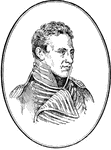
Zebulon Montgomery Pike
An American soldier and explorer for whom Pikes Peak in Colorado was named after.

Pear Design
"Also known as the cone, the palm leaf, the river loop, the crown jewel, the seal, the almond, the feather,…
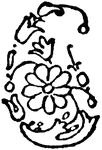
Pear Design
"Also known as the cone, the palm leaf, the river loop, the crown jewel, the seal, the almond, the feather,…

Pear Design
"Also known as the cone, the palm leaf, the river loop, the crown jewel, the seal, the almond, the feather,…

Pear Design
"Also known as the cone, the palm leaf, the river loop, the crown jewel, the seal, the almond, the feather,…
Pear Design
"Also known as the cone, the palm leaf, the river loop, the crown jewel, the seal, the almond, the feather,…
Pear Design
"Also known as the cone, the palm leaf, the river loop, the crown jewel, the seal, the almond, the feather,…
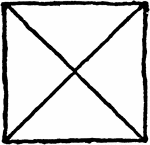
Solomon's Seal
Built on the right angle triangle and, like the Signet of David, it is found in many of the Turkish…

Seal
The general name of certain genera of carnivorous mammals, havin feet adapted for swimming, and being…
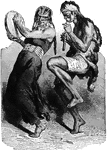
Patagonian Dancers
Patagonian dancers. Patagonia is that portion of South America which, to the east of the Andes, lies…
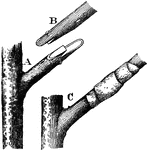
Tongue Grafting
To graft two plants together using the tongue or whip grafting approach, you must first make a sloping…

